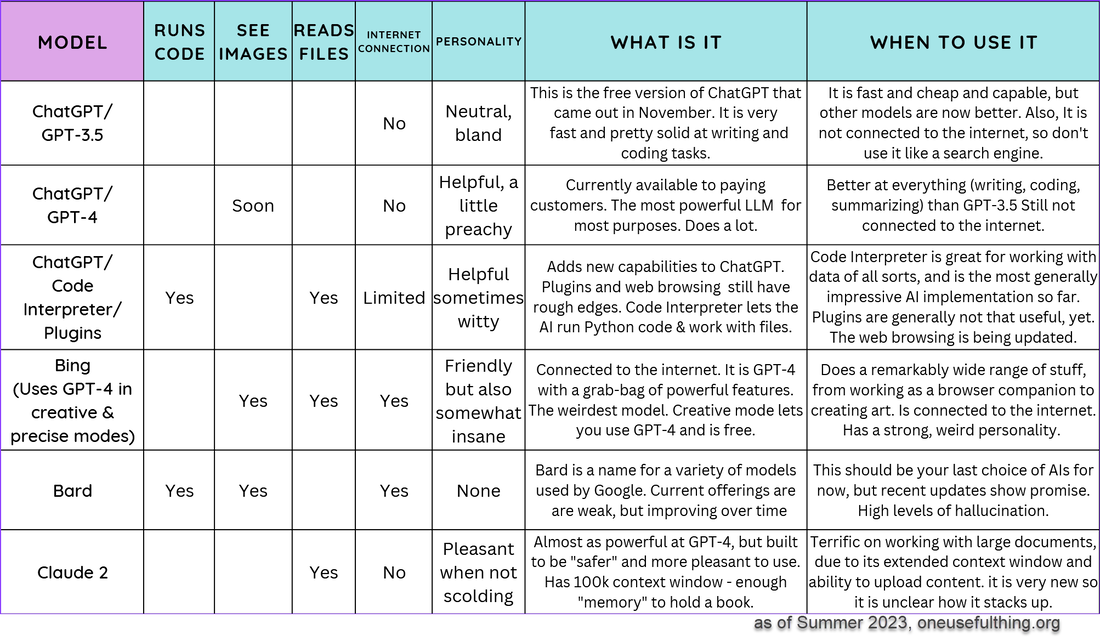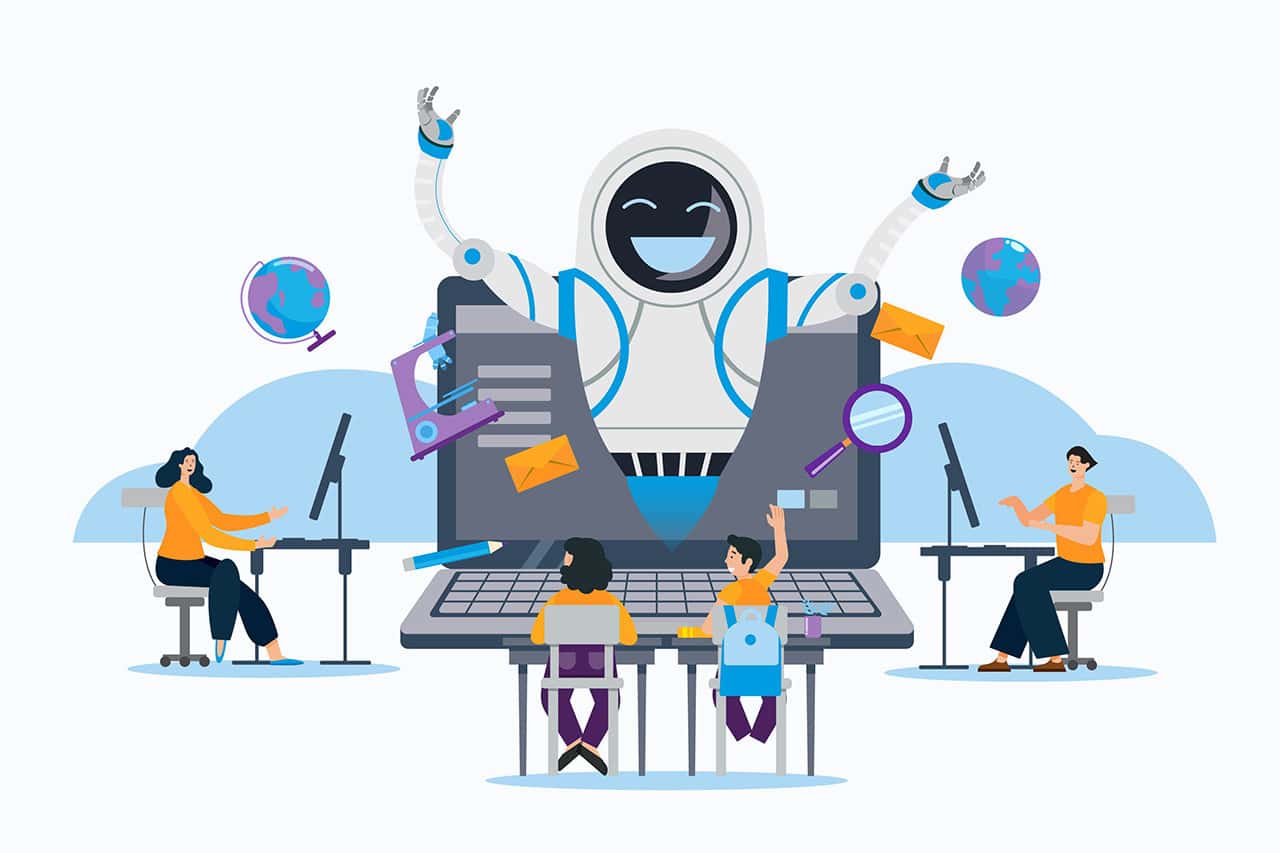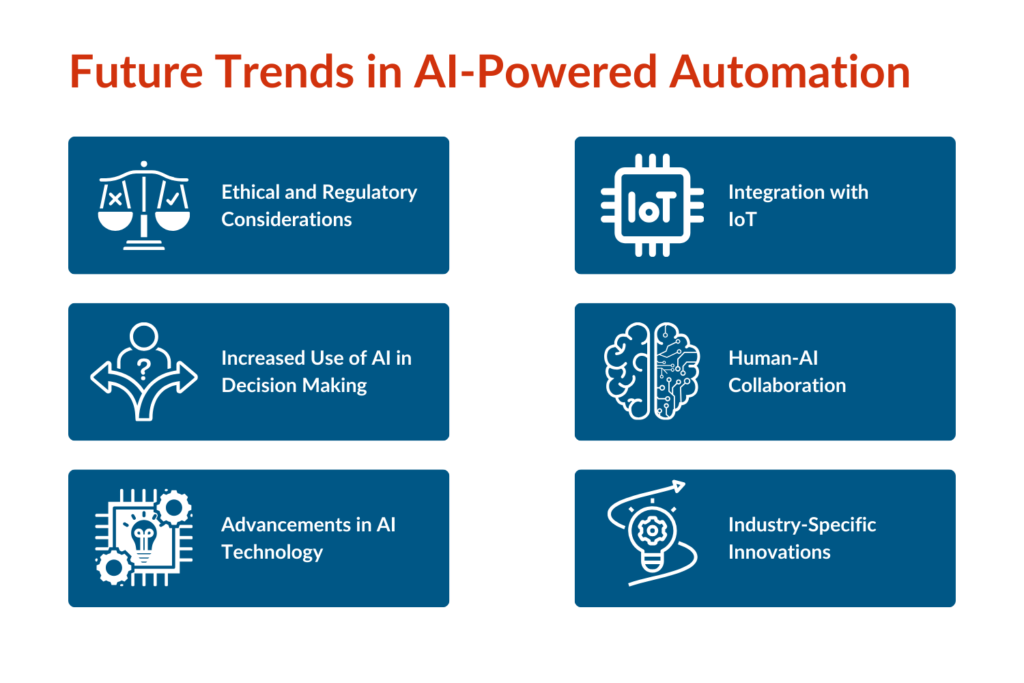Generative AI and automation are revolutionizing the way businesses operate, driving efficiency, reducing costs, and unlocking new revenue streams. This guide explores the integration of generative AI into automation systems, its benefits, real-world applications, and best practices for successful implementation.
Table of Contents
- Introduction to Generative AI and Automation
- The Synergy Between Generative AI and Automation
- Benefits of Integrating Generative AI with Automation
- Real-World Applications and Case Studies
- Implementing Generative AI in Your Automation Strategy
- Best Practices for Maximizing ROI
- Future Trends in Generative AI and Automation
- Conclusion
1. Introduction to Generative AI and Automation
Generative AI refers to artificial intelligence systems capable of creating content, such as text, images, audio, and video, that is indistinguishable from human-generated content. When combined with automation—the use of technology to perform tasks with minimal human intervention—generative AI can transform business processes, enhancing productivity and innovation.

2. The Synergy Between Generative AI and Automation
Integrating generative AI with automation systems creates a powerful combination where AI-generated content can be seamlessly incorporated into automated workflows. This synergy enables businesses to handle complex tasks that were previously time-consuming or required significant human effort.
How They Work Together
- Content Generation: Generative AI produces content such as reports, marketing materials, or customer responses.
- Automated Distribution: Automation tools distribute the AI-generated content across various channels like email, social media, or CRM systems.
- Continuous Improvement: Feedback loops allow AI models to learn and improve from the performance of automated tasks.

3. Benefits of Integrating Generative AI with Automation
Increased Efficiency
By automating repetitive tasks and leveraging AI to handle content creation, businesses can significantly reduce the time and resources spent on manual processes.
Cost Reduction
Automation minimizes the need for extensive human intervention, leading to lower operational costs. Generative AI further reduces costs by streamlining content production.
Enhanced Creativity and Innovation
Generative AI can produce a vast array of creative outputs, enabling businesses to explore new ideas and strategies without the constraints of human limitations.
Improved Accuracy and Consistency
AI-generated content maintains a high level of accuracy and consistency, reducing the risk of human error and ensuring uniformity across all business communications.
Scalability
The combination of generative AI and automation allows businesses to scale their operations effortlessly, handling larger volumes of work without a proportional increase in costs or resources.

4. Real-World Applications and Case Studies
Case Study 1: JPMorgan Chase's IndexGPT
JPMorgan Chase has been a pioneer in integrating generative AI with automation. In May 2024, the bank launched IndexGPT, an AI-powered investment advisory tool designed to support thematic investing. This tool automates the analysis of market trends and generates investment recommendations, streamlining the advisory process and enhancing decision-making.
Key Achievements:
- Automated processing of 1.7 million IT access requests annually.
- Saved over 360,000 hours of legal work through AI-driven document reviews.
- Enhanced investment advisory services with AI-generated insights.
Case Study 2: Pfizer's Automated Processes
Pharma giant Pfizer has implemented generative AI to automate hundreds of processes, including sales representatives scanning barcodes to add samples during sales calls and monitoring inventory quantities. This integration has led to significant time savings and improved accuracy in inventory management.
Key Achievements:
- Reduced manual data entry and processing errors.
- Enhanced inventory monitoring and management efficiency.
- Streamlined sales operations with automated sample distribution.
5. Implementing Generative AI in Your Automation Strategy
Assessing Your Needs
Start by identifying the areas within your business where generative AI can add value. Common applications include content creation, customer service, data analysis, and process automation.
Selecting the Right Tools
Choose AI and automation tools that align with your business objectives. Consider factors such as scalability, integration capabilities, ease of use, and cost.
Popular Tools:
- Make: Excellent for handling large datasets and complex automations without slowing down.
- Microsoft Power Automate: Ideal for businesses within the Microsoft ecosystem, offering deep integration with Microsoft products.
- Bardeen: User-friendly tool for automating everyday tasks without requiring technical skills.
- MindStudio: Focused on AI workflow automation with a no-code interface for creating AI-driven workflows.

Integration with Existing Systems
Ensure that the AI and automation tools you select can seamlessly integrate with your current software and systems. This might involve using APIs or leveraging built-in integrations offered by the tools.
Training and Change Management
Provide adequate training for your team to effectively use the new AI and automation tools. Implement change management strategies to ensure smooth adoption and minimize resistance.

6. Best Practices for Maximizing ROI
Start Small and Scale
Begin with pilot projects to test the effectiveness of generative AI and automation in specific areas. Use the insights gained to scale up and apply the solutions to other parts of your business.
Focus on High-Impact Areas
Prioritize automating tasks that offer the highest return on investment, such as those that are time-consuming, error-prone, or critical to business operations.
Monitor and Optimize
Continuously monitor the performance of your AI and automation systems. Use analytics to identify areas for improvement and optimize workflows for better results.
Ensure Data Security and Privacy
Implement robust security measures to protect sensitive data. Ensure that your AI and automation tools comply with relevant data privacy regulations.
Foster a Culture of Innovation
Encourage your team to explore new ways of using generative AI and automation. Promote a culture that embraces technological advancements and continuous improvement.

7. Future Trends in Generative AI and Automation
Enhanced Personalization
Generative AI will enable even more personalized content and interactions, allowing businesses to tailor their offerings to individual customer preferences and behaviors.
AI-Driven Decision Making
AI will play a more significant role in strategic decision-making processes, providing insights and recommendations based on vast amounts of data.
Integration with Emerging Technologies
Generative AI will increasingly integrate with other emerging technologies such as the Internet of Things (IoT), blockchain, and augmented reality (AR), creating new opportunities for innovation.
Ethical AI and Responsible Automation
As AI becomes more pervasive, there will be a stronger emphasis on ethical AI practices and responsible automation to ensure fairness, transparency, and accountability.

8. Conclusion
Generative AI and automation are powerful tools that can transform business operations, driving efficiency, reducing costs, and fostering innovation. By understanding their synergy, implementing them strategically, and following best practices, businesses can unlock significant value and stay ahead in a competitive landscape. Embrace the future of AI-driven automation to propel your business to new heights.

Additional Resources
AI Consultation: AI for Maximum ROI: Expert Insights for Businesses and Individuals
- Schedule a 1-on-1 consultation to understand how you can leverage AI to your advantage. Find out what tools and automation you can use to save time, money and headaches.
- Download our comprehensive guide to AI and discover how AI can enhance your everyday tasks.

By integrating generative AI with automation, businesses can not only streamline their operations but also unlock new avenues for growth and innovation. Stay informed about the latest trends and continuously adapt your strategies to harness the full potential of these transformative technologies.
